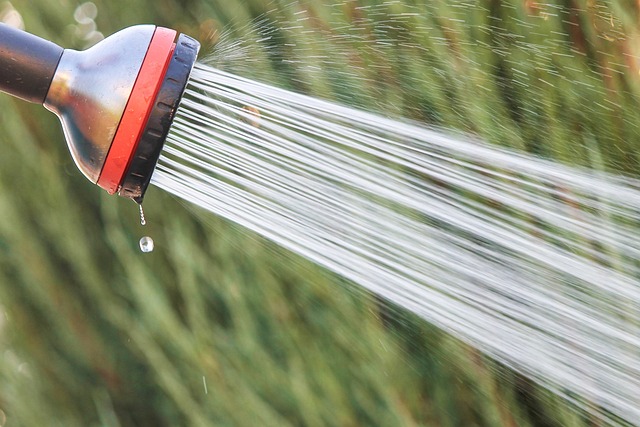Shower head replacements require gathering tools, understanding thread types, and turning off water supply. DIYers should use teflon tape for secure connections and test for leaks. Complex installations or severe buildup may necessitate professional help from a plumber.
Tired of your old, low-flow shower head? Learn how to replace it yourself with our comprehensive guide. We’ll walk you through understanding your shower head and the tools needed for the job, then provide a step-by-step process for a smooth replacement.
But remember, not all projects are DIY-friendly. We’ll also highlight signs it’s time to call in the pros and discuss the benefits of professional installation. Get ready to invigorate your morning routine!
- Understanding Your Shower Head and Tools Required
- Step-by-Step Guide: Replacing a Shower Head Yourself
- When to Call in the Experts: Signs and Benefits
Understanding Your Shower Head and Tools Required

Shower heads come in various types and designs, from basic fixed models to more complex rainfall or handheld varieties. Understanding your specific shower head is crucial before attempting any replacement. Check the type, size, and threads of your current head—this will dictate the new one you choose and the tools needed for the job. The most common shower head replacements involve 1/2-inch or 24-thread connections, but some models may have unique setups.
To replace a shower head, you’ll typically need basic hand tools like adjustable wrenches or pliers, depending on your current setup. For more intricate installations, a thread tape or pipe compound might be required to ensure a secure fit. Always have a new shower head in the same or compatible design ready, along with any necessary accessories. This DIY project is achievable for many homeowners, but if you’re unsure or facing a complex installation, calling a professional plumber could be the safest and most efficient solution.
Step-by-Step Guide: Replacing a Shower Head Yourself

Changing a shower head yourself can be a straightforward, cost-effective solution if you’re comfortable with basic DIY tasks. Here’s a step-by-step guide to help you replace your shower head in no time. First, gather the necessary tools and materials, including an adjustable wrench or pliers for gripping the existing pipes, new shower head, teflon tape (to prevent leaks), and a bucket or tray to catch any loose parts. Turn off the water supply by locating and closing the main shut-off valve beneath the sink or in your home’s utility area. Remove the old shower head by unscrewing it counterclockwise using your wrench or pliers. Be mindful of any water that may still be present in the pipes. Once removed, inspect the threads on the shower arm to ensure they’re clean and free from debris. Wrap a layer of teflon tape around the threads, ensuring complete coverage for a secure seal. Thread on the new shower head by turning it clockwise until it’s snug. Again, check that it’s not overtightened to avoid damage. Double-check all connections for any leaks by opening the shut-off valve and observing the water flow.
When to Call in the Experts: Signs and Benefits

Changing a shower head is a common DIY task that many homeowners can handle with some basic tools and a step-by-step guide. However, there are instances where it’s best to call in the professionals. If your shower head is heavily rusted or stuck due to mineral buildup, attempting to replace it might lead to further damage or even pose safety hazards. Professional plumbers have the right tools and expertise to navigate complex fixtures without causing leaks or other complications.
Additionally, calling a pro can be beneficial when you’re dealing with high-end fixtures or unusual installations. Plumbers are equipped to handle unique shower head designs, ensuring a perfect fit and optimal water flow. They can also inspect your plumbing system for any underlying issues that may require attention alongside the replacement, providing peace of mind and long-term savings. When considering how to replace a shower head, trust your instincts – if the task seems daunting or beyond your comfort level, it’s usually best to call in an expert.
Changing a shower head can be a straightforward DIY project or a situation where calling a professional is the best course of action. By understanding your shower head, gathering the right tools, and following a step-by-step guide (or seeking expert help when needed), you can ensure a successful outcome. Remember, knowing when to call in the experts is key—if you’re unsure about the process or encounter any complex issues, it’s best to leave it to the professionals. With this knowledge, you’ll be well-equipped to decide whether to tackle the task yourself or hire a pro for a hassle-free shower head replacement experience.
